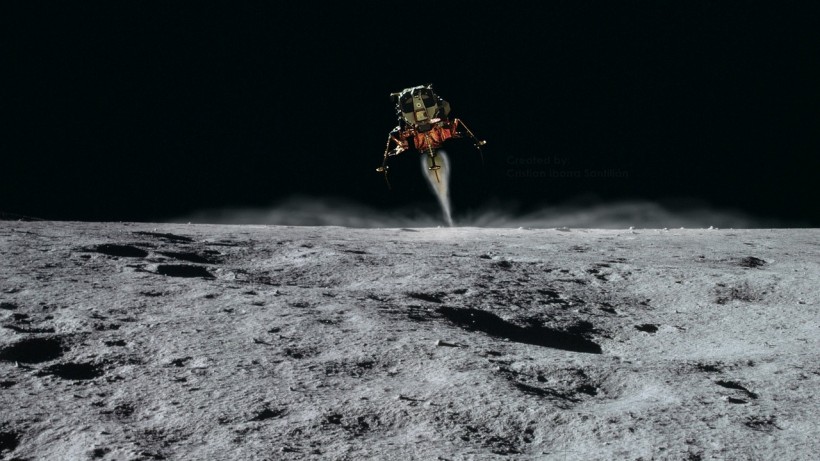In 2021, Intuitive Machines received a $77 million contract to develop lunar landers for NASA. The first of three Nova-C landers, the "Mission IM-1/Nova-C Odysseus Lander," will launch on February 14.

The Problem With Sand Blasting
In recent years, there has been an increasing number of trips to the Moon and payloads touching down in proximity. Because of this, scientists and engineers have realized that they should be able to predict the effects of these lunar landings accurately.
Experts are interested in determining how much the lunar surface changes during spacecraft landing. If landers and other objects are placed near each other, humans are sand-blasting what is next to their lander. Because of this, the other assets on the surface must be protected since they would add mass that could ripple through the architecture.
To date, there is only limited data collected during descent and landing. All of these challenges are part of an integrated engineering problem.
READ ALSO: NASA Launching Lunar Landers and Science Payloads on Its Historic Return to the Moon
Lunar Landing Cameras
As Odysseus descends toward the Moon's South Pole, four cameras will capture the changes in the lunar surface from interactions with the lander's engine plume. Known as the Stereo Cameras for Lunar Plume-Surface Studies (SCALPSS), the tiny cameras will take snaps of invaluable imagery that can help future missions to the Moon and beyond.
Under the Artemis mission, NASA plans to work with commercial and international partners to establish the first long-term human presence on the Moon. SCALPSS will be the first instrument to measure plume-surface interaction in real-time.
Developed at Langley Research Center in Hampton, Virginia, the cameras will be placed around the base of a lunar lander. Researchers will apply stereo photogrammetry, which involves using overlapping images to produce a 3D view of the surface.
SCALPSS 1.0 will focus on how the landers will change the surface of the Moon during landing. It will capture images before the lander's plume interacts with the surface until after the landing. The final photos will be collected on a small onboard data storage unit before being transferred to the lander for downlink back to Earth. The NASA team will likely need at least a couple of months to process the images, verify the data, and generate the 3D digital elevation maps of the surface.
Old Apollo images show that the Apollo crewed landers were larger than the new robotic landers. Astronomers have to look closely to see where the erosion took place. For this mission, they expect something on the order of centimeters, or an inch, deep. This depends on the landing site as well as on the depth of the regolith and the location of the bedrock.
Meanwhile, SCALPSS 1.1, which will include two additional cameras, is set to fly later this year on another Commercial Lunar Payload Services (CLPS) initiative delivery called Firefly Aerospace's Blue Ghost. The extra cameras are optimized to capture images at a higher altitude before the onset of plume-surface interaction. It is also expected to offer a more accurate before-and-after comparison.
RELATED ARTICLE: NASA Looking For Second Provider of Moon Lander in Addition to SpaceX For Artemis Program
Check out more news and information on Lunar Lander in Science Times.



![Earth's Quasi-Moon Kamo‘oalewa Could Originate From Lunar Surface Not Asteroid Belt [Study]](https://1721181113.rsc.cdn77.org/data/thumbs/full/53275/89/56/50/40/earths-quasi-moon-kamo-oalewa-could-originate-from-lunar-surface-not-asteroid-belt-study.png)










